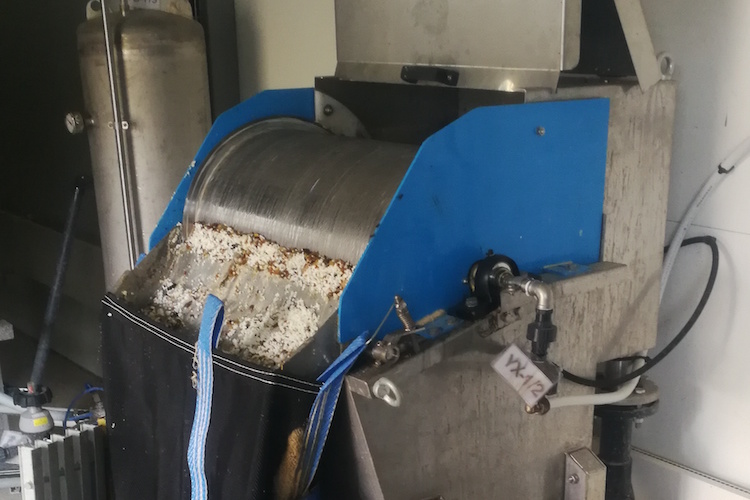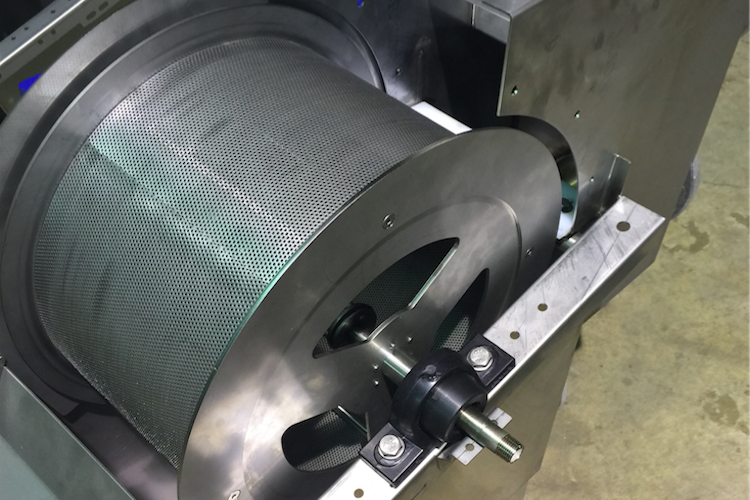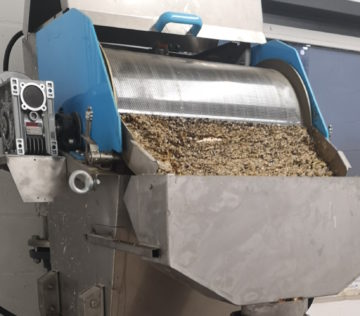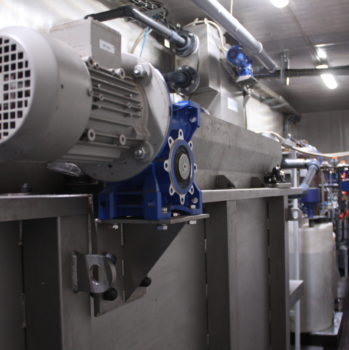PRIMARY SCREENING
Primary screening separates and removes non-dissolved solid materials that could cause mechanical damage and blockages to the next treatment steps in the wastewater treatment plant.
Influent wastewater passes through the slots (slot sizes 0.25-2.50mm) of a mechanical screen, and the solid waste that exceeds the dimension of the slot remains on the external surface of the rotating slot tube from where it is scrapped and falls down into a sludge container. Treated wastewater flows into inlet tank from where it is pumped to the next treatment step.
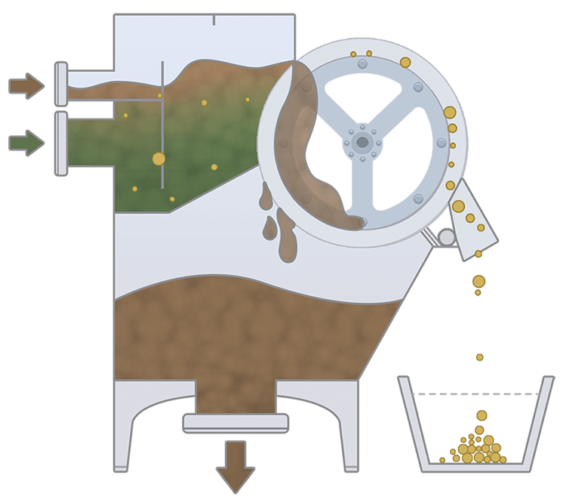
Screening usually is the first unit operation used in all wastewater treatment plants, and its goal of wastewater primary screening is to provide initial level protection of the entire wastewater treatment equipment from mechanical damage, wear and clogging. Technology of wastewater screening include automated rotary screen filter and scraper unit.
For wastewater primary screening, FlotLife delivers following equipment and services:
- Rotary screen filter system
- Automation of the system for on-site and remote monitoring and control
- Installation, training and support

- Maximum separation efficiency and low running- and maintenance costs: The cylindrical drum sieve, made from wedge wire or punched drum, allows the water to pass through and hold the coarse particles back by the outer drum surface and carry them in rotating movement to a scraper mechanism where they are removed. A time controlled drum scraper interaction prevents the build up of meat particles, peels, hairs, fibers, etc. which increases the separation efficiency.
- Simple operation: The discharge to be treated enters through the fange located on the outside of the screen body, being uniformly distributed by the spillway and overflow over the drum filter. The solids are retained on the drum surface while it rotates, the discharge entering through the mesh performs a self-cleaning function as it passes again through the bottom of the drum. On passing through the external scraper, solids are detached from the drum.
- Robust construction: The FlotLife rotating drum screens are robustly built and can be executed with a frequency controlled drum drive, a high pressure spray cleaning installation and/or can be made out of a more corrosion resistant construction material than AISI 304. The FlotLife rotary drum screens are characterized by maximum separation efficiency against low running- and maintenance costs. The cylindrical drum sieve, made from wedge wire or punched drum , allows the water to pass however coarse particles are held back by the outer drum surface and are carried, in a rotating movement, to a scraper mechanism where they are removed. A special time controlled drum scraper interaction prevents the build up of meat particles, peels, hairs, fibers, etc. which increases the separation efficiency.
- sewage treatment plants
- vegetable, fruit and potato processing industry
- sugar industry
- meat and poultry processing
- fish and shellfish processing industry
- brewing, malting and beverage industry
- horticulture industry
- Industrial process water
- zoos
- textile industry / laundries
- paper and pulp industry
- tanneries
- waste recycling industry
- bioenergy industry
- drinking water plants, etc.
- exhaust gas cleaning
